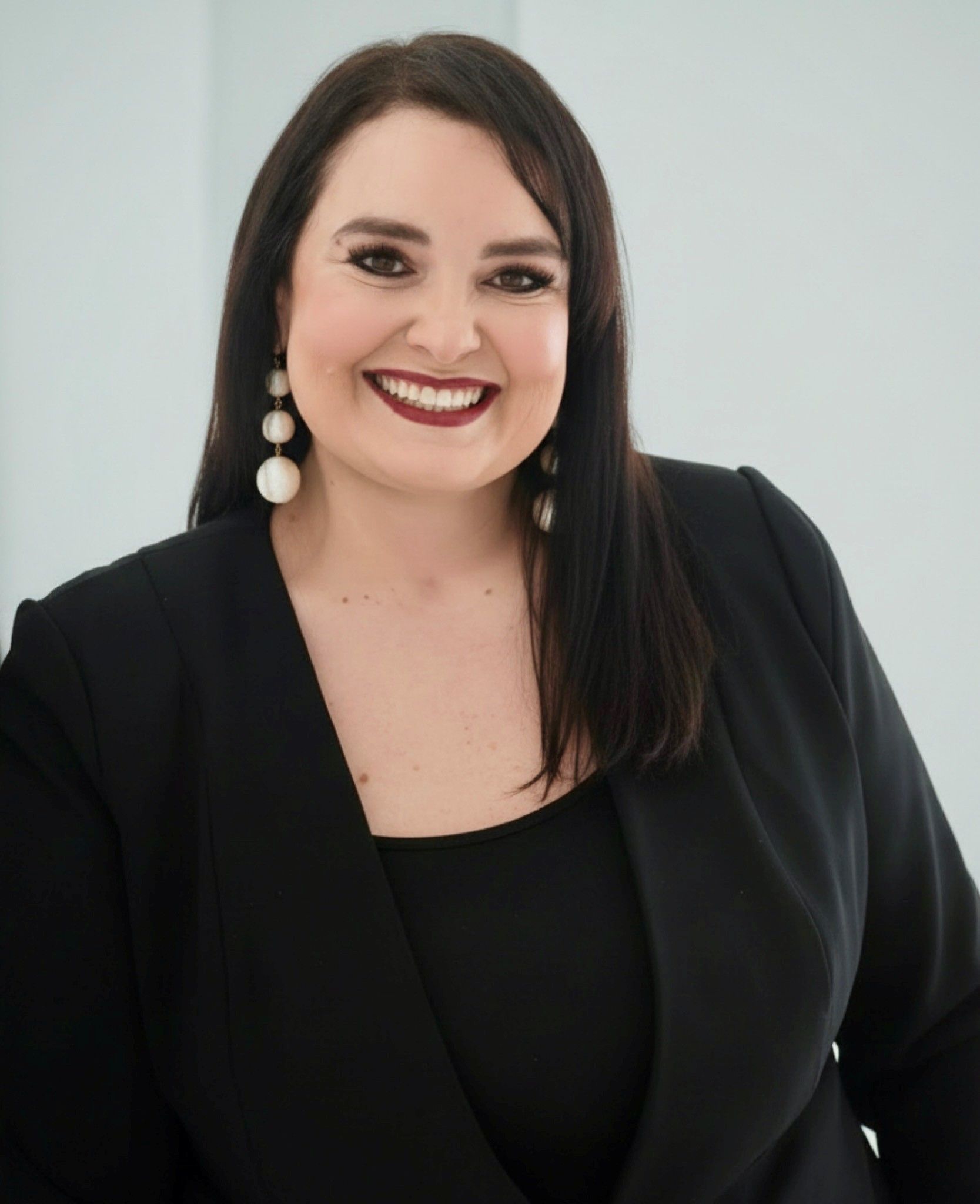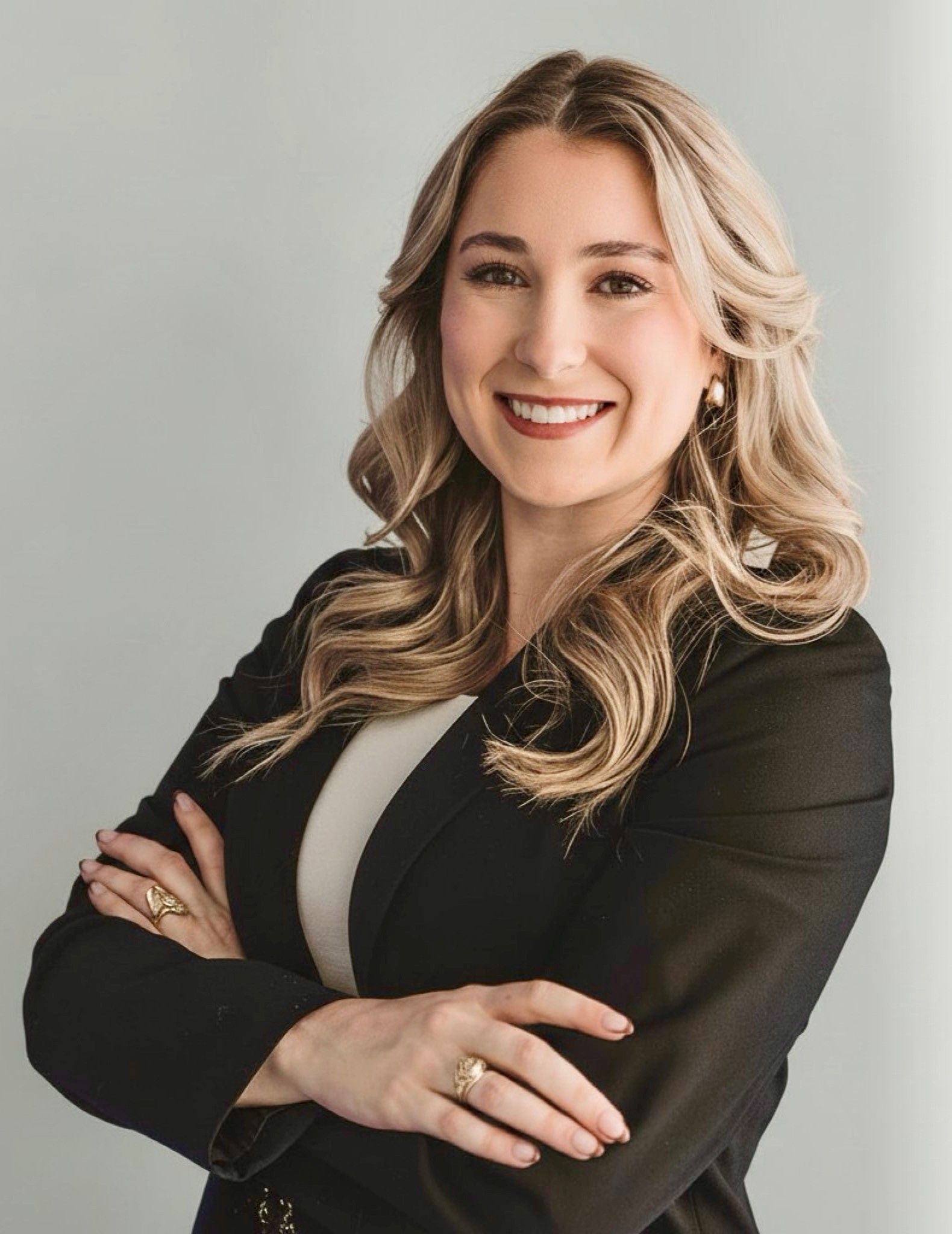Trademarks and Source Confusion
ATTORNEYS IN DALLAS
Navigating Likelihood of Confusion refusals in trademark application prosecution, understanding the factors of similarity, and considering the relatedness of goods and services to overcome potential obstacles.
Trademarks and Source Confusion
After submitting a trademark application to the United States Patent & Trademark Office (USPTO), it usually takes around 14-16 weeks for an Examining Attorney to be assigned to the case. Once assigned, the Examiner may issue an Office Action. A common occurrence in trademark application prosecution is the issuance of Likelihood of Confusion refusals. This statutory basis applies to trademarks on both the Principal Register and the Supplemental Register. To avoid this type of refusal, conducting a comprehensive U.S. trademark clearance search before filing the application is the best strategy. Such a search provides data from both state and federal trademark registers, as well as unregistered trademarks used in commerce.
Even after conducting trademark clearance searches, an Applicant may still receive an Office Action citing likelihood of confusion with a prior registration or pending application. The Examining Attorney will provide copies of the cited registrations or pending applications. It is advisable to check the expiration dates of the cited registrations and ensure their validity. For instance, if a Declaration of Use or Renewal is due soon, it is crucial to verify that the registration is being maintained. This rule also applies to pending applications. For example, if a Notice of Allowance has been issued for a trademark application, it is important to ensure that the applicant files an acceptable Statement of Use and specimen.
Once the status of the cited registration or application is confirmed, the Applicant can submit arguments to distinguish its mark from the cited registration or application. This may involve highlighting differences between the two trademarks. The Applicant should compare the cited mark with its own mark, considering dissimilarities in appearance, sound, connotation, and commercial impression.
In general, if there is similarity in any one of these elements, it may be sufficient to determine that the marks are confusingly similar. Examiners often cite the rule that consumers tend to focus more on the first term of a mark for source identification, making it the dominant portion of the mark. In a likelihood of confusion analysis, greater weight is often given to the dominant feature. Additionally, adding a term to a registered trademark usually does not eliminate the similarity between the marks or overcome likelihood of confusion. Furthermore, modifying a mark in a way that changes its visual appearance but not its sound is typically ineffective, as trademarks that sound the same are considered legally identical and phonetic equivalents (e.g., "quick" and "kwik").
Regarding the relatedness of goods and services, the determination is based on the identification of goods and services in the application or registration. Limitations on trade channels can only be imposed if the identification of goods or services specifically defines and restricts the distribution or classes of consumers. Without such limitations, the Examining Attorney or the Board will assume that the trade channels for the goods or services are those typically associated with them.
Contact an Experienced Trademark Attorney
If you need legal advice regarding your trademark rights, assistance with trademark prosecution, or representation in a domain name dispute, contact Wilson Whitaker Rynell. Our team of trademark lawyers has extensive experience in all aspects of trademark and copyright law, including the filing of trademark applications and representing clients in defense or prosecution before the Trademark Trial and Appeal Board.
- 66(a) Applications
- Abandoning a Trademark Application or Withdrawing a TTAB Proceeding
- Abandonment and Nonuse
- Abbreviations as Trademarks
- Accelerated Case Resolutions
- Acquired Secondary Trademark Meaning
- Amending Trademark Application
- Assigning a Trademark
- Assigning a Trademark and the Intent to Use Application
- Avoiding Fraud on Trademark Applications
- Avoiding Trademark Litigation
- Basis for Filing a Trademark
- Benefits of Registering a Trademark
- Bona Fide Intent to Use
- Celebrity Trademarks
- Challenging the Relatedness Factor
- Challenging Trademark Rights
- Claims in a Notice of Opposition
- Co-Existence Agreements
- Common Law Trademarks in the Internet Era
- Common Law Use and Priority
- Conflicting Marks
- Consent Agreements
- Constructive Use Priority
- Dates of Use
- Defenses in Opposition and Cancellation Proceedings
- Descriptive or Generic Trademarks
- Design Marks
- Design Trademarks
- Determining Trademark Similarities
- Discovery in TTAB Proceedings
- Dividing a Trademark Application
- Drawing Page
- Electronic Display Specimens for Trademarks
- Evidence in TTAB Proceedings
- Evidence of Acquired Distinctiveness
- Expediting Trademark Cancellation for Nonuse or Abandonment
- Extending Time to Oppose
- Factors of a Likelihood of Confusion Analysis
- False Suggestions of Connection
- Famous Trademarks and Likelihood of Confusion and Dilution
- Filing an Opposition or Cancellation Proceedings
- First Sale Doctrine
- Five Years of Use
- Foreign Trademark Rights
- Generic Trademarks
- Geographic Trademarks
- Hiring Trademark Counsel
- Immoral and Scandalous Trademarks
- Incontestability of U.S. Trademarks
- International Trademark Filings
- Joint Trademark Ownership
- Lawful Use of a Trademark in Commerce
- Likelihood of Confusion Analysis
- Likelihood of Confusion Refusal
- Merely Descriptive Trademarks
- Multiple Bases for a Trademark Application
- Overcoming and Ornamentation Trademark Refusal
- Personal Name Trademarks
- Principal and Supplemental Registers
- Protecting Single Creative Works
- Recording Trademark Assignments
- Refusal of a Trademark
- Refusing a Trade Dress Application
- Registering a Certification Trademark
- Registering a Service Mark
- Registering a Trademark That Lacks Inherent Distinctiveness
- Registering an International Trademark
- Relatedness of Goods or Services
- Request for Reconsideration in Trademark Office Action
- Requirements for International Trademark Application
- Revive an Abandoned Trademark Application
- Secondary Meaning
- Source Confusion
- Special Trademark Applications
- Standard Character and Special Format Marks
- Standing in Opposition and Cancellation Proceedings
- State Trademark Registration
- Statement of Use Extensions
- Tacking Doctrine
- Technical Trademark Use
- The Supplemental Register
- Trade Dress
- Trade Dress Application
- Trademark Application
- Trademark Clearance Searches
- Trademark Disclaimers
- Trademark Licensing
- Trademark of Authors, Performing Artists, and Characters
- Trademark Ownership
- Trademark Protection In Texas
- Trademark Settlements
- Trademark Specimens
- Trademark Specimens
- Trademark Use by Related Company
- Trademark Use in Advertising
- Trademark Use in Commerce
- Trademarking a Distinctive Mark
- Trademarking a Hashtag
- Trademarks for Musical Artists
- TTAB Discovery Rules
- TTAB Proceedings
- U.S. Service Mark
- U.S. Trade Dress
- Understanding Trade Channels
- Unitary U.S. Trademark
- Universal Symbols as Trademarks
- Using Secondary Sources
- What is an Ex Parte Appeal?
- Where to Register a Trademark
- Who Must File a Trademark?
CLIENT MATTERS
5,000+
YEARS OF SERVICE
25+
Award Winning
Recognized in the legal industry as dedicated board-certified lawyers and Rising Stars.
Expert Team
Your project will be handled by legal experts every time. You will have the most experienced attorneys working for you.
Quality Representation











